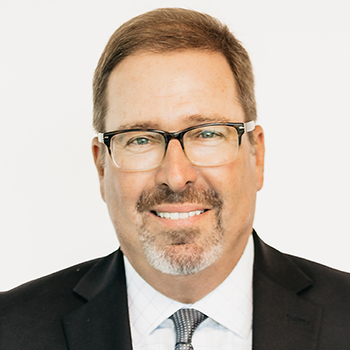
In the aftermath of the pandemic, many senior care and living operators now find themselves battling a distressed operating scenario teetering on the edge of crisis. The signs may or may not be clear, but one thing is for certain—the numbers don’t lie.
The multitude of post-COVID distractions has many operators scattered, trying to survive the day with little time to contemplate budget compliance and performance metrics that may be dipping well below industry benchmarks. With lagging top-line performance and expense management anything but under control, the pain worsens and manifests in cash flow shortfalls and can result in the use of vendors as loss-funding solutions.
Running on Empty
The cascading signs that operations are heading for a cliff include:
- Referrals are slowing down.
- Move-outs are far outpacing admissions and new move-ins.
- Staff morale is plummeting, and turnover is out of control.
- Resident and family satisfaction results are falling into unseen territory.
- Investigations into resident, resident family, and staff complaints consume the lion’s share of leadership’s precious time.
If not addressed, these warning signs can erupt into permanently damaged relationships with customers and stakeholders including residents, regulators, vendors, and referral partners.
Oftentimes, the key element of survival in these situations is…timing. Turnaround experts will frequently acknowledge that the only projects they have failed to turn are those where they were called upon to assist too late. There must be some gasoline left in the tank—in some shape or form—for a turnaround to be possible. This entails having enough fuel to effect material change. Paramount to any turnaround initiative is having the cash resources and human talent to survive the trough, stabilization, and recovery phases.
Road to Recovery
Figure 1 shows the four essential stages of an effective turnaround strategy:
Figure 1: Four Stages of Comprehensive Turnaround

Turnaround success is contingent upon:
- Putting in place an experienced management team to lead the turnaround effort.
- Weeding out and replacing toxic forces that are not moving at full speed to drive improved results—failure is typically the result of long-suffering patience with underperforming team members.
- Selecting a turnaround professional with a proven track record of success.
A turnaround specialist follows a prescribed approach to drive improved results. Their first action will be to determine if the organization is healthy enough to survive. This situation analysis will result in understanding the short-, intermediate-, and long-term issues and problems at hand. The emergency action phase then includes taking all actions necessary to ensure survival, establishing positive cash flow as quickly as possible, securing resources to support the turnaround, and ensuring measures are taken to retain the resources committed to success.
This phase of any turnaround scenario will include some very tough decision-making:
- Is it time to prune ineffective service lines?
- Should failing services be shut down altogether?
- Is it time to weed out weak partner relationships?
- Are there components of the organization’s workforce that are no longer needed?
Making the turn and returning to a new normal isn’t easy. But once executed, these efforts will result in the development and installation of robust financial control systems focused on daily accountability, which drives the performance and profitability to ensure long-term operational viability.
Contact Us
If these signs are all too familiar, experienced help is here. Health Dimensions Group (HDG) has the tools and expertise to review your operations and aid your efforts to return to a new normal. If you would like to learn more about how HDG can help your organization, please get in touch with us at 763.537.5700 or info@hdgi1.com.










